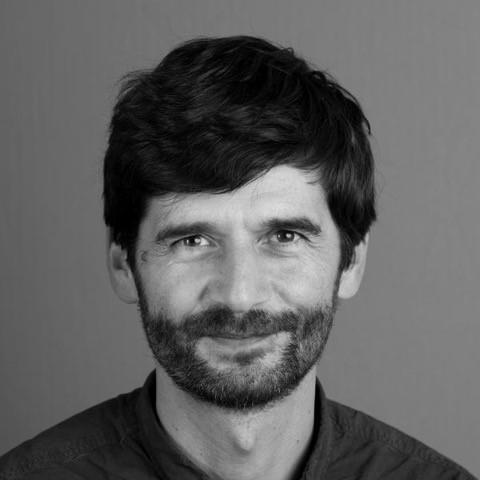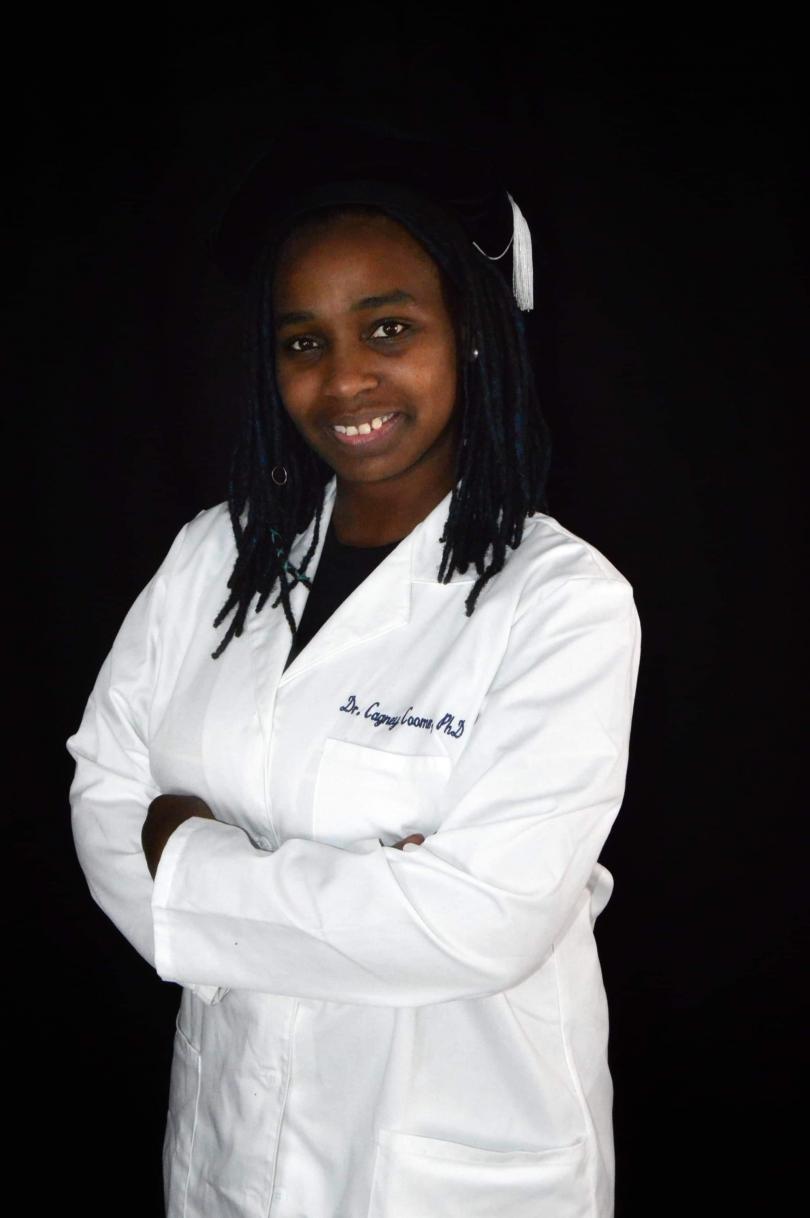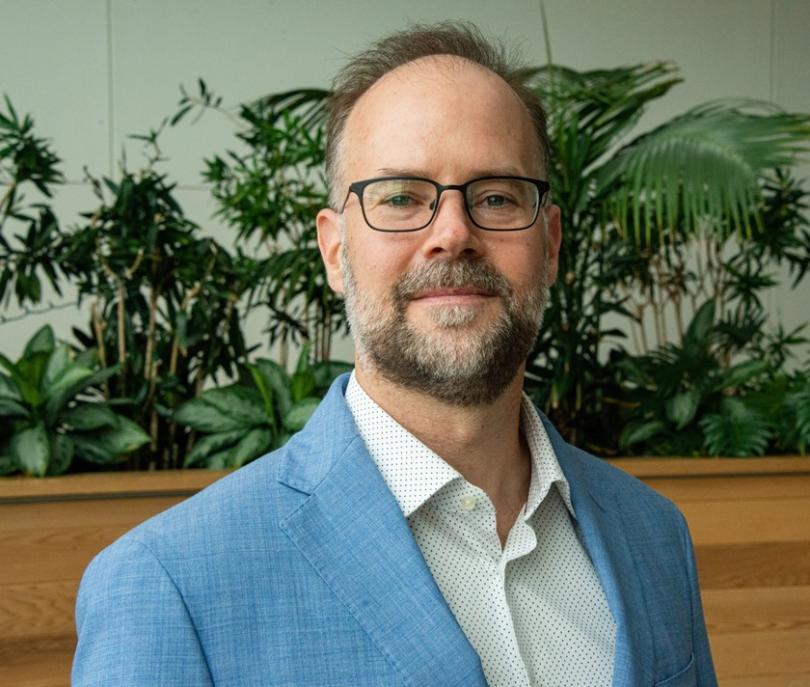"Placing the Evolutionary History of Desmognathus Salamanders in Context: A Phylogeographic Approach"
Abstract:
Patterns of genetic variation do not arise in a vacuum but are instead shaped by the interplay between evolutionary forces and ecological constraints. Here, I use a phylogeographic approach to examine the role that ecology played in lineage divergence in the Desmognathus quadramaculatus species complex (Family: Plethodontidae), which consists of three nominal species: D. quadramaculatus, D. marmoratus, and D. folkertsi. Previous phylogenetic studies have shown that individuals from these species do not form clades based on phenotype. My approach to reconciling phylogenetic discordance was two-fold, using (1) genome-wide markers to provide insight into the relationships among lineages and (2) geographic and climate data to provide context for patterns of genetic diversity. First, I obtained genome-wide nuclear markers using double digest restriction-site associated DNA sequencing (ddRAD) to examine whether two morphologically divergent species, D. marmoratus and D. quadramaculatus, represent independently evolving lineages. Phylogenetic, population structure, and model testing analyses all confirmed that D. marmoratus and D. quadramaculatus do not group based on phenotype. Instead, I found that there were two cryptic genetic lineages (Nantahala and Pisgah) that each contained both phenotypes. Additionally, ecological niche modeling showed that the two genetic lineages primarily occupy geographic areas with significantly different climates, suggesting that climate may have played a role in divergence. Next, I assembled loci from publicly available sequencing data using a draft transcriptome of Desmognathus fuscus as a reference to assess the three nominal species in the quadramaculatus species complex across their entire range. I used phylogenetic and population structure analyses, alongside haplowebs and conspecificity matrices, to determine if the loci supported the hypothesis that the phenotypes represent multiple independently evolving lineages within the broader genetic clades found in the previous chapter. I found that the loci were not informative enough to determine whether the phenotypes had a genetic basis in Pisgah, but did support genetic divergence between phenotypes in Nantahala. Finally, I used ecological niche models (ENMs) and resistance modeling to place the genetic results and phenotypic diversity within the context of time and space. I found that though the quadramaculatus and marmoratus phenotypes were nearly indistinguishable in niche space in the present day, they were projected to occupy different geographic areas in the past and future. The southern portion of the study area had areas of high habitat suitability from the Last Glacial Maximum (~22 kya) to the present, which aligns with the higher genetic divergence between groups in Nantahala. Anthropogenic land use changes reduced habitat availability but likely did not drive genetic divergence in the past, and may be of more consequence to genetic diversity than climate change over the next 50 years. Like many taxa that underwent adaptive radiations, the evolutionary history of Desmognathus has been obfuscated by high rates of within-species phenotypic diversity and shared morphology between distantly related lineages. My findings emphasize the importance of interrogating complex patterns of genetic variation within the context of the dynamic, heterogeneous landscapes in which they arise.



